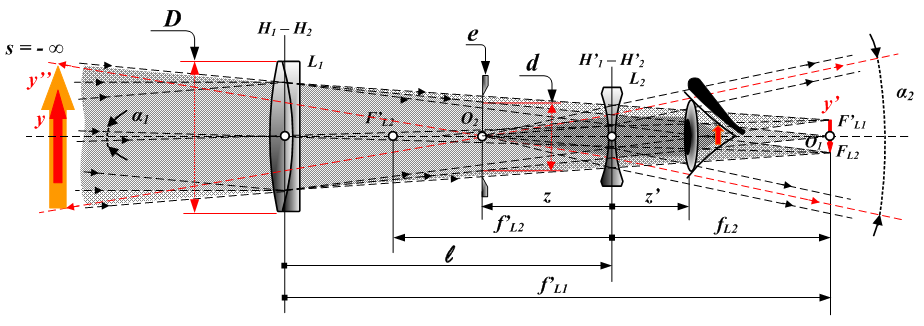
In preparation for a talk in the Craft of Research series that is coming up in a couple of months, I’m thinking a lot about the philosophy of science. I’ve also been talking to colleagues who have been tasked with teaching it to students in the social and applied sciences (business, nursing, engineering, etc.) and we all agree that it’s a difficult subject. The main problem is getting students, in a relatively short period of time (a few weeks or months), to understand the meaning of words like “epistemology” and “ontology”, “realism” and “positivism”, “hermeneutics” and “phenomenology”, and to use them to reflect on the foundations of the knowledge they’re acquiring, perhaps even the very nature of “truth”. Many students have more, let’s say, practical concerns, and, while they dutifully write a few pages based on the survey of these terms that they find in their methods handbooks (e.g., Bell et al. or Saunders et al.), they are not otherwise affected. I want to try to find another approach.
This morning a key distinction to teach students occurred to me. Quine pointed out that that what for ordinary people is sometimes understood “by construction” is, for working scientists, experienced as an observation. (See my post “Observation” for more, including the Quine reference.) We can go even further, however, and say that even scientists experience some things more directly than others. They observe what people say and do, but they construct what they mean. (See my post “Saying, Doing, Meaning” for more.) That is really what it means to “theorize a practice” or “conceptualize an object” and it seems to me that this distinction between observations and constructions can therefore be a good way to get students to think concretely about what it means to do “empirical” research. When I talk about writing up the analysis I often distinguish between observation and interpretation and this might be a good jumping off point for talking about how we “construct reality” out of what Lisa Robertson so poetically describes as our “shimmering” data. (See my posts “Observation, Interpretation, and Analysis” and “A Sense of Accomplishment” for more.)
This is just a short post to note down an insight I had while walking to work this morning. There’s a lot here to unpack over the next few weeks (the linked posts provide a starting point). If I’m lucky, I’ll have something useful to tell the students in April! Your comments are more than welcome.